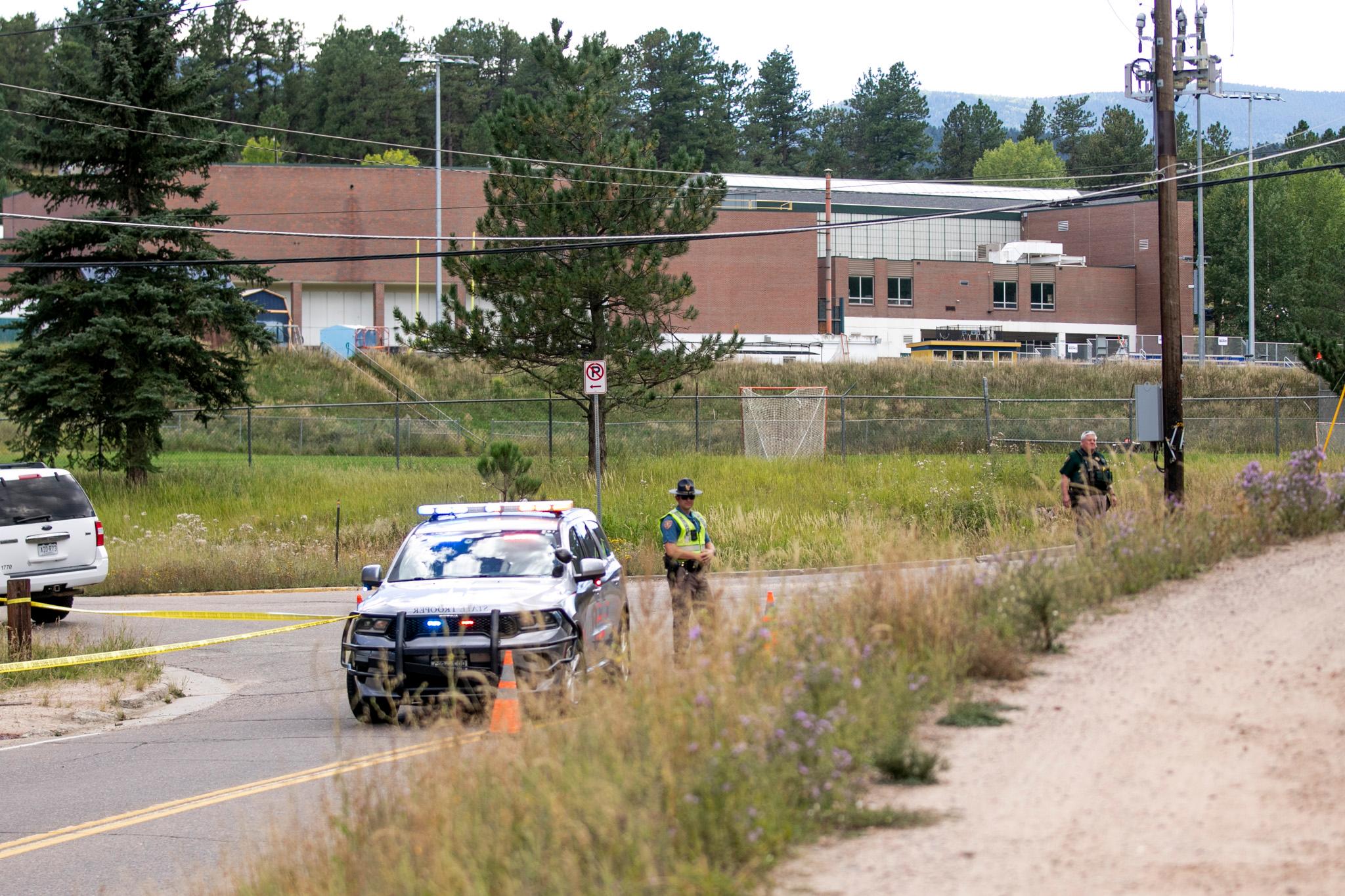
Colorado’s housing market was hot before COVID-19. Although the pandemic brought ups and downs for renters and landlords, and people hoping to buy had to deal with a more competitive market, the future of the state’s affordable housing crisis remains up in the air.
A moratorium on evictions and foreclosures, combined with government aid, prevented a surge of people finding themselves homeless during the height of the pandemic. As health restrictions ease and some of those protections lift, housing experts suggest it could take continued government intervention to prevent long-lasting effects.
Housing market will stay competitive. Lack of affordability will continue being a problem for buyers
In the fourth quarter of 2020, foreclosure rates dropped by more than 80 percent in Colorado compared to 2019. There were 2,121 filings and 628 completed foreclosures last year, according to data from the Division of Housing.
Recent figures from the U.S. Census Bureau suggest there could be a groundswell of foreclosures and evictions brewing. The Bureau estimates anywhere from 15 to 55 percent of Coloradans could be behind on rent or mortgages.
But for those who aren’t struggling, the hot housing market can have long-term benefits.
“The lack of foreclosures means that many distressed homeowners are able to remain in their homes and continue to grow their equity while house prices rise,” said Michael Neal, a senior research associate in the Housing Finance Policy Center at the Urban Institute.
Neal pointed out the current housing market is one significant way in which the pandemic recession differs from the country’s last period of economic pain, the Great Recession of the late 2000s.
“(Fewer) foreclosures closes one channel by which a supply of homes further lowered house prices during the Great Recession,” Neal said. “But the lack of foreclosures is considered a good thing and is not considered a sustainable or desired way of growing the supply of housing.”
Rising building costs have also contributed to a lack of supply and higher home prices. Although the pace of construction was slower in Colorado compared to the rest of the country, the construction of single-family homes during the pandemic increased. It was a surprising trend to see over the last 18 months because that type of construction collapsed during the Great Recession, Neal said.
Coloradans typically make about $10,000 more than the rest of the nation per household, but homes are on average less affordable. The price of a home is about five times higher than household incomes in Colorado, whereas around the country, it’s closer to four times higher, Neal said.
The median price for a single family home in the state sits at more than $450,000, with condos averaging $358,000. The state has seen home values rise by about 12 percent over the last year, according to Zillow. Nationally, home prices have risen at a double digit rate, Neal said.
“The prospect for higher mortgage rates, which, if they're not matched with proportional increases in income, can further weigh on affordability,” Neal said. “We may not see the maximum number of people who want to be homeowners actually be able to achieve home ownership.”
Lack of affordability has left many stuck in the rental market, even as they seek to become homeowners
Coloradans who are looking to become homeowners are likely rent burdened with 30 percent of their income going to rent, Neal said. Most of the multi-family construction through the pandemic has been buildings with five-plus units. Those tend to have higher rents than complexes with fewer units.
“You have a situation in which the typical renter around the state is cost burdened at the same time that house prices are relatively high,” Neal said. “So [they have] less of an ability to save for a down payment at the same time that they're entering a market where home prices are elevated.”
Neal added that people of color — particularly African Americans — typically go into the homebuying process with fewer financial resources, which can compound the difficulty in finding a home. They also face discrimination in mortgage lending, and may find their homes appraised at lower values than white homeowners.
Additionally, people who are in the early stages of their professional careers may also find it increasingly difficult to find affordable rental units where they can save for a down payment for homeownership.
Denver-area rent prices have held fairly steady, on aggregate, through the pandemic; they’re roughly $8 per month more now than they were in April 2020. Data from the Apartment Association of Metro Denver shows the average monthly rent in the metro was $1,544 in the first quarter of 2021.
The Denver area has more than 371,000 total apartments, with more under construction. The vacancy rate was at about 5 percent at the start of the year. Buildings with more units had a higher vacancy rate than ones that had eight units or less.
The state’s Division of Housing previously tracked the number of vacant apartments and rental rates but stopped funding the research in mid-2020 because of pandemic budget cuts. It’s unclear if and when the state will continue tracking the data.
Higher rents mean landlords will struggle to find tenants who can afford to lease
The Division of Housing through the Department of Local Affairs has received 54,281 applications for the state’s Emergency Rental Assistance Program since the pandemic began. More than $194 million has been requested.
More than half of all the applications the department has received have been approved, releasing $80.4 million to people. The state still has about 14,000 applications under review or in need of additional information from people. More than 30,544 people have been approved or paid.
The state has denied about 12 percent of all applications so far. Most of the time, applications get denied because someone applied more than once. Others may have withdrawn their application or applied to programs that are no longer available, said Connor Everson, a housing policy analyst with the agency.
The department saw a surge in applications starting in December 2020 that continued to grow through the first quarter of 2021. Data shows applications now appear to be leveling out.
Everson said part of the decline may be a lack of awareness around the state’s new program, which combined programs for both tenants and landlords into one. But he doesn’t expect the need for aid to “drop off to zero or anything like that,” he said.
The state is committed to a two-week turnaround time on all Emergency Rental Assistance Program applications and plans to get caught up on the backlog of requests by mid-May, a spokesman with the agency said.
Solving the affordable housing crisis will be tough even as the economy recovers
Neal said it has to be a multifaceted approach. He hopes lifting the eviction moratorium will be based on broader economic conditions, like a target unemployment rate or other indicators in the labor market that people are truly recovering. But so much is unknown about the pandemic and the possibility of additional COVID variants spreading further in the U.S., possibly dragging down the economy again.
Local municipalities have the ability to control zoning and future development of multi-family and affordable home options, Neal said.
The other challenge is a lack of skilled construction workers. One solution could be for developers to partner with places like community colleges to train a potential labor force. Another approach he sees is developers investing in more panelized or modular homes that are built off-site.
But he isn’t as optimistic.
“I’ll be honest, so far we have not been able to solve it,” Neal said.









